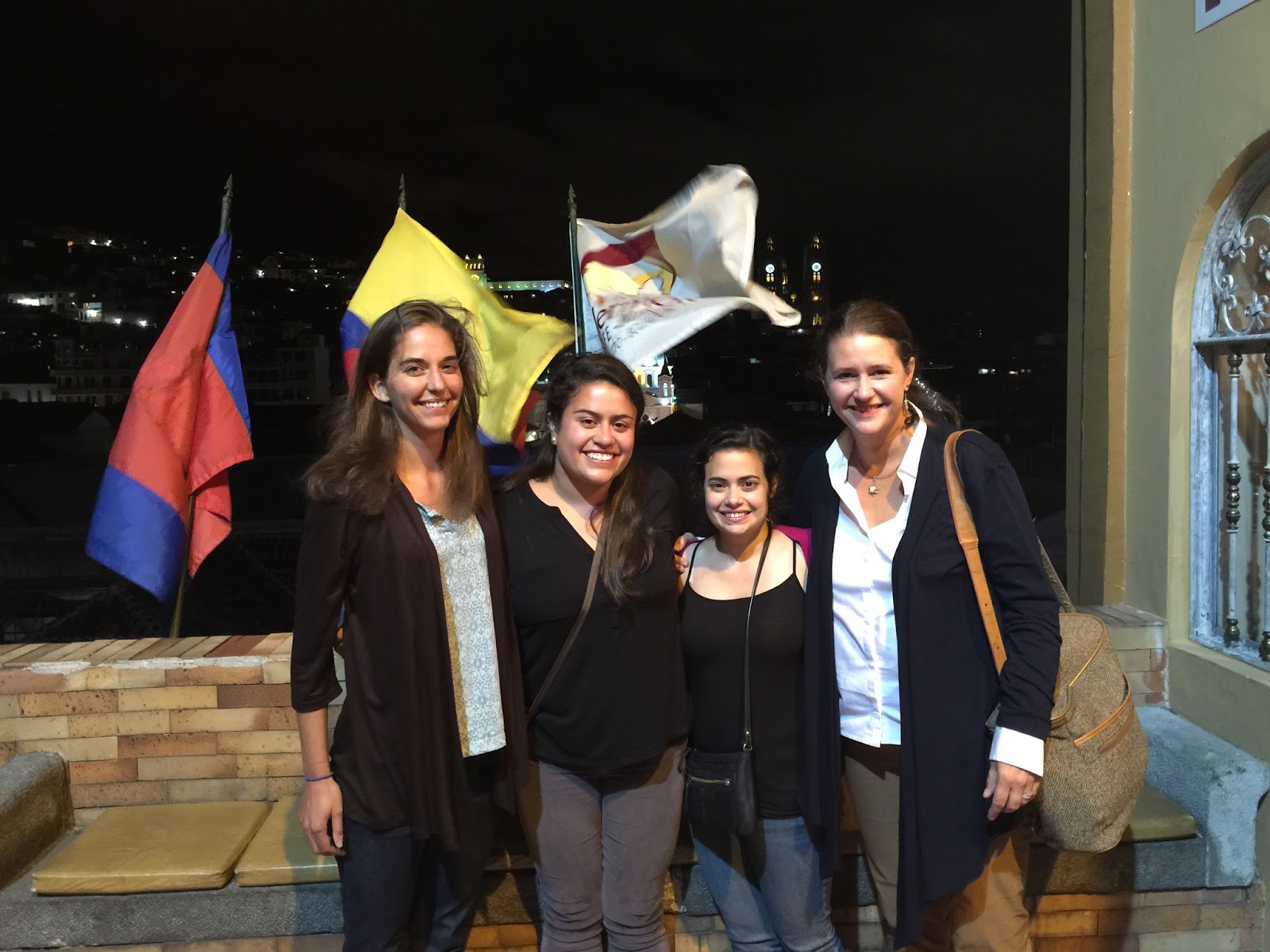When a country experiences an economic boom, not every community will equally benefit from the new wealth and development. Rural areas in particular can experience a decline in the quality of a number of services, including healthcare.
A study from the University of Georgia College of Public Health assessed how one innovative health intervention seeks to close the healthcare gap and improve the health and wellness of families living in rural Ecuador.
Rural areas show the highest rates of childhood malnutrition and illiteracy and low access to physicians. In an effort to improve rural health, the government of Ecuador passed a law requiring all new health professionals to serve one year in rural communities after graduation. As a result, many health science degrees have introduced a service learning curriculum to prepare their students.
The research team sought to determine the impact of one such program, a family nursing rotation from Pontifica Universidad Catolica del Ecuador. Immediately, they observed that the intervention improved access to healthcare services in the eight weeks of the rotation.
“I didn’t realize how much the intervention was tied to the local public health clinic in that community and how much bussing there was back and forth for immunizations, for discussions with the doctors,” said Rebecca Walcott, a researcher with the college’s Economic Evaluation Research Group (EERG).
Under careful supervision, the nursing students provided comprehensive care to their patients through a combination of clinical intervention, health promotion and education, and connecting community members to local public health facilities.
Researchers asked patients to fill out surveys to assess their perception of their health and quality of life before the nursing rotation began and following their eight weeks of service. Their responses were compared to a survey administered to a community not receiving services.
The results showed a modest improvement in patients’ overall health-related quality of life, only measuring a significant change in two areas of physical health.
Walcott believes that the nature of the services the nursing students provided may have been too broad to be captured by one assessment tool. She personally observed students giving prenatal nutrition counseling for one women, transporting a new mother and baby to the local clinic to get her baby vaccinated, and monitoring an older man’s blood pressure.
“Those services are so disparate, so how do you measure that intervention with one tool? We had to pick something very broad,” she said. “We did find general improvement across almost all domains, and even if you can’t point to significance, it’s still encouraging.”
The team still believes there is a tangible benefit these types of rotations offer to local communities. “There’s so much good that this does that we were unable to measure and unable to quantify,” said Walcott.
Future research, she says, should explore ways to tease out and measure these benefits in a way that can be captured in health evaluation tools.
The study was published in the International Journal for Equity in Health and is available online at https://equityhealthj.biomedcentral.com/articles/10.1186/s12939-018-0734-z.
Co-authors include MBA/MPH students Angela Murcia and Gloria Berry, EERG director Dr. Phaedra Corso, University of Georgia; Christian Juna, Pontificia Universidad Católica del Ecuador; and Maria Isabel Roldos, Walden University.
– Lauren Baggett
Posted February 26, 2017
Additional coverage via the Feb. 23 Issue of the ASPPH Friday Letter.







